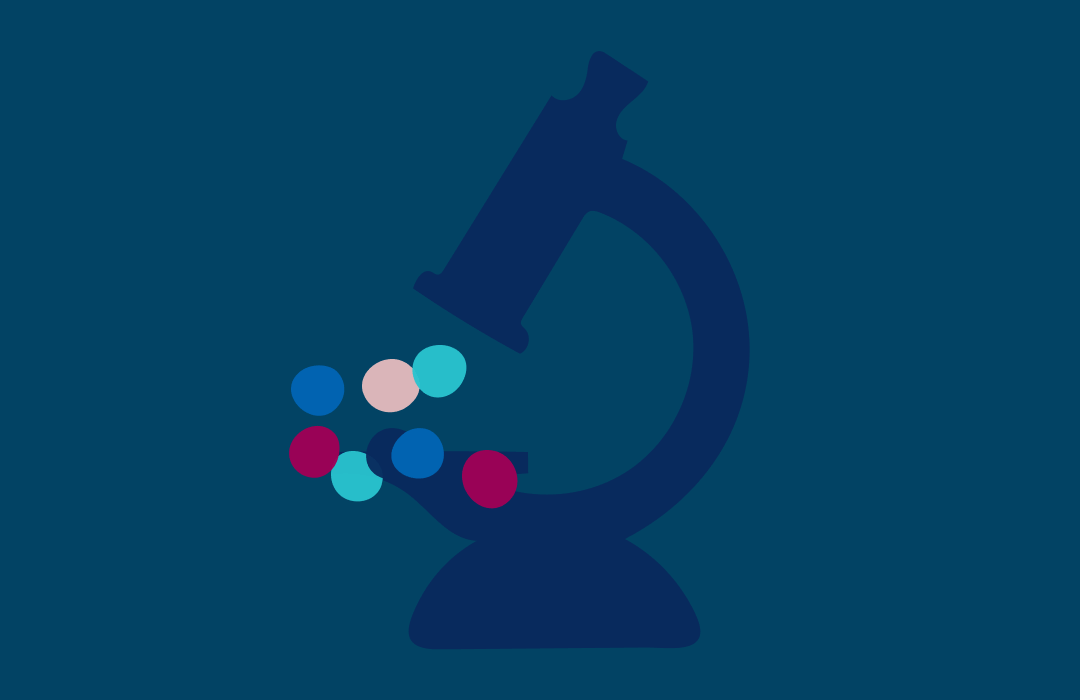
The COVID Symptom Study reveals six distinct ‘types’ of COVID-19
July 17, 2020

This article has not been updated recently
Data from the COVID Symptom Study has revealed six distinct ‘types’ of COVID-19, which has major implications for treatment and monitoring.
Analysis of data from the COVID Symptom Study app, led by researchers from King’s College London and the health technology company ZOE, reveals that there are six distinct ‘types’ of COVID-19, each distinguished by a particular cluster of symptoms. Moreover, the team found that these types differed in the severity of the disease and the need for respiratory support during hospitalisation.
The findings have major implications for clinical management of COVID-19, and could help doctors predict who is most at risk and likely to need hospital care in a second wave of coronavirus infections.
Launched in March in the UK and extended to the US and Sweden, the COVID Symptom Study app asks participants to log their health and any new potential symptoms of COVID-19 on a daily basis. With more than 4 million users, this represents the largest study of its kind in the world.
Although continuous cough, fever and loss of smell (anosmia) are usually highlighted as the three key symptoms of COVID-19, data gathered from app users shows that people can experience a wide range of different symptoms including headaches, muscle pains, fatigue, diarrhoea, confusion, loss of appetite, shortness of breath and more.* The progression and outcomes also vary significantly between people, ranging from mild flu-like symptoms or a simple rash to severe or fatal disease.
To find out whether particular symptoms tend to appear together and how this related to the progression of the disease, the research team used a machine learning algorithm to analyse data from a subset of around 1,600 users in the UK and US with confirmed COVID-19 who had regularly logged their symptoms using the app in March and April.
The analysis revealed six specific groupings of symptoms emerging at characteristic timepoints in the progression of the illness, representing six distinct ‘types’ of COVID-19. The algorithm was then tested by running it on a second independent dataset of 1,000 users in the UK, US and Sweden, who had logged their symptoms during May.
All people reporting symptoms experienced headache and loss of smell, with varying combinations of additional symptoms at various times. Some of these, such as confusion, abdominal pain and shortness of breath, are not widely known as COVID-19 symptoms, yet are hallmarks of the most severe forms of the disease.
The six clusters are as follows:
1 (‘flu-like’ with no fever): Headache, loss of smell, muscle pains, cough, sore throat, chest pain, no fever.
2 (‘flu-like’ with fever): Headache, loss of smell, cough, sore throat, hoarseness, fever, loss of appetite.
3 (gastrointestinal): Headache, loss of smell, loss of appetite, diarrhea, sore throat, chest pain, no cough.
4 (severe level one, fatigue): Headache, loss of smell, cough, fever, hoarseness, chest pain, fatigue.
5 (severe level two, confusion): Headache, loss of smell, loss of appetite, cough, fever, hoarseness, sore throat, chest pain, fatigue, confusion, muscle pain.
6 (severe level three, abdominal and respiratory): Headache, loss of smell, loss of appetite, cough, fever, hoarseness, sore throat, chest pain, fatigue, confusion, muscle pain, shortness of breath, diarrhea, abdominal pain.
Next, the team investigated whether people experiencing particular symptom clusters were more likely to require breathing support in the form of ventilation or additional oxygen.
They discovered that only 1.5% of people with cluster 1, 4.4% of people with cluster 2 and 3.3% of people with cluster 3 COVID-19 required breathing support. These figures were 8.6%, 9.9% and 19.8% for clusters 4,5 and 6 respectively. Furthermore, nearly half of the patients in cluster 6 ended up in hospital, compared with just 16% of those in cluster 1.
Broadly, people with cluster 4,5 or 6 COVID-19 symptoms tended to be older and frailer, and were more likely to be overweight and have pre-existing conditions such as diabetes or lung disease than those with type 1,2 or 3.
The researchers then developed a model combining information about age, sex, BMI and pre-existing conditions together with symptoms gathered over just five days from the onset of the illness.
This was able to predict which cluster a patient falls into and their risk of requiring hospitalisation and breathing support with a higher likelihood of being correct than an existing risk model based purely on age, sex, BMI and pre-existing conditions alone.
Given that most people who require breathing support come to hospital around 13 days after their first symptoms, this extra eight days represents a significant ‘early warning’ as to who is most likely to need more intensive care.
“These findings have important implications for care and monitoring of people who are most vulnerable to severe COVID-19,” explains consultant geriatrician Dr Claire Steves, one of the team working on the study. “If you can predict who these people are at day five, you have time to give them support and early interventions such as monitoring blood oxygen and sugar levels, and ensuring they are properly hydrated - simple care that could be given at home, preventing hospitalisations and saving lives.”
Lead researcher Dr Carole Sudre said:
”Our study illustrates the importance of monitoring symptoms over time to make our predictions about individual risk and outcomes more sophisticated and accurate. This approach is helping us to understand the unfolding story of this disease in each patient so they can get the best care.”
The study highlights the importance of using technology like the COVID Symptom Study app to monitor health and spot the earliest signs of coronavirus infection.
“Being able to gather big datasets through the app and apply machine learning to them is having a profound impact on our understanding of the extent and impact of COVID-19, and human health more widely,” said Sebastien Ourselin, professor of healthcare engineering at King’s College London and senior author of the study.
COVID Symptom Study lead Professor Tim Spector added:
"Data is our most powerful tool in the fight against COVID-19. We urge everyone to get in the habit of using the app daily to log their health over the coming months, helping us to stay ahead of any local hotspots or a second wave of infections.”
A paper detailing the results is available online as a pre-print, and has been submitted to a scientific journal for rapid peer review and publication.
Notes:
* The COVID Symptom Study has now identified skin rash as a key symptom of COVID-19 in up to one in ten cases. However, it was not recognised as a symptom during the time when the data was gathered for this analysis so it is currently unknown how skin rashes map on to these six clusters.
About ZOE
ZOE is a healthcare science company using data-driven research to tackle the world’s health issues. By using machine learning combined with digital technologies like mobile phones, ZOE enables large-scale scientific studies to tackle issues like COVID-19, inflammation and the impact of nutrition on health.
Located in London and Boston, ZOE was founded by Professor Tim Spector of King’s College London, machine learning leader Jonathan Wolf and entrepreneur George Hadjigeorgiou. ZOE has carried out the largest nutritional studies of their kind in the world, and was named one of the Deloitte Fast 50 Rising Stars in 2019 for the company’s contribution to science enabled by technology and machine learning.
For more information on ZOE’s mission and science visit joinzoe.com. Join the waitlist for updates about ZOE products and research studies at joinzoe.com/signup Find us on Instagram @ZOE
About King’s College London
King's College London is one of the top 10 UK universities in the world (QS World University Rankings, 2018/19) and among the oldest in England. King’s has more than 31,000 students (including more than 12,800 postgraduates) from some 150 countries worldwide, and some 8,500 staff.
King's has an outstanding reputation for world-class teaching and cutting-edge research. In the 2014 Research Excellence Framework (REF), eighty-four per cent of research at King’s was deemed ‘world-leading’ or ‘internationally excellent’ (3* and 4*).
Since our foundation, King’s students and staff have dedicated themselves in the service of society. King’s will continue to focus on world-leading education, research and service, and will have an increasingly proactive role to play in a more interconnected, complex world. Visit our website to find out more about Vision 2029, King’s strategic vision for the next 12 years to 2029, which will be the 200th anniversary of the founding of the university.
World-changing ideas. Life-changing impact. kcl.ac.uk




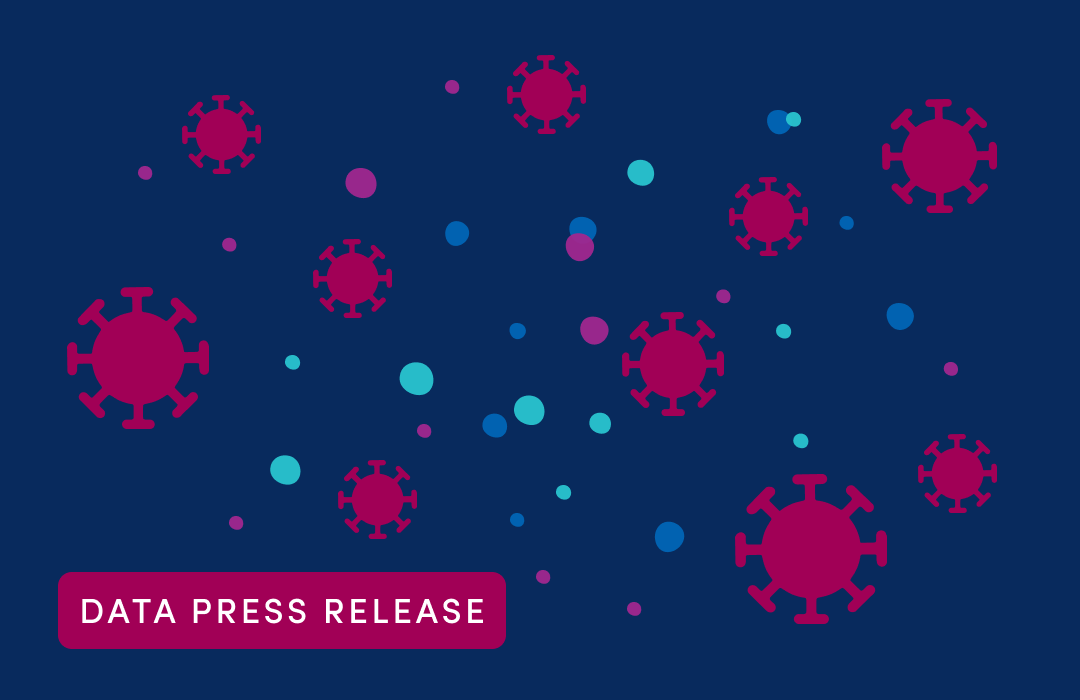







.png)


.jpg)








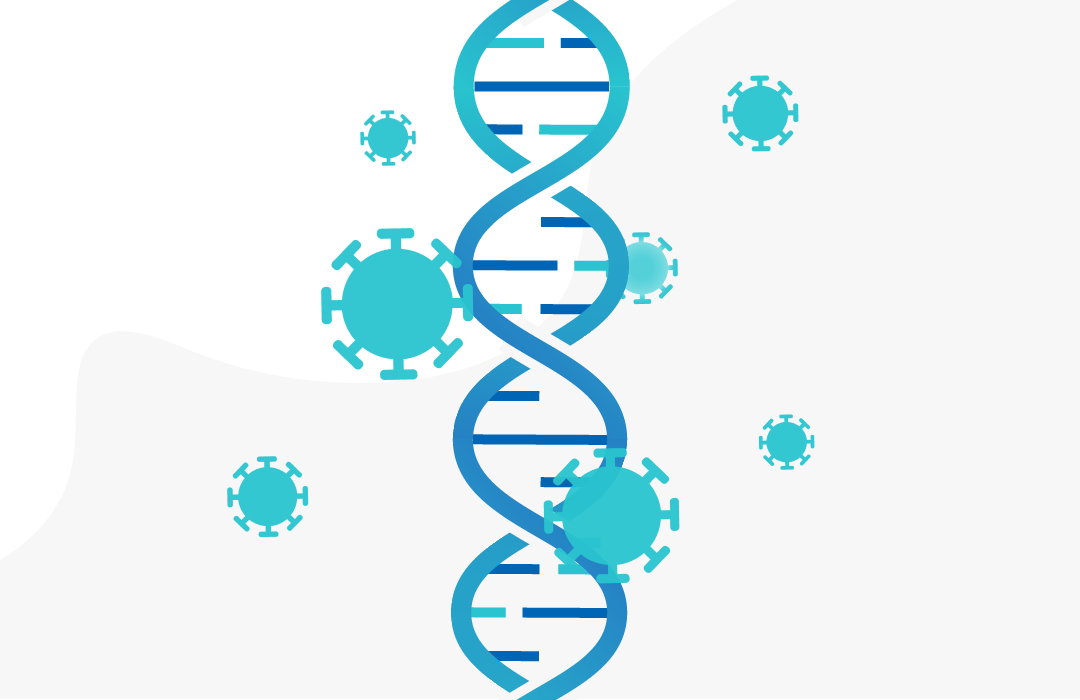

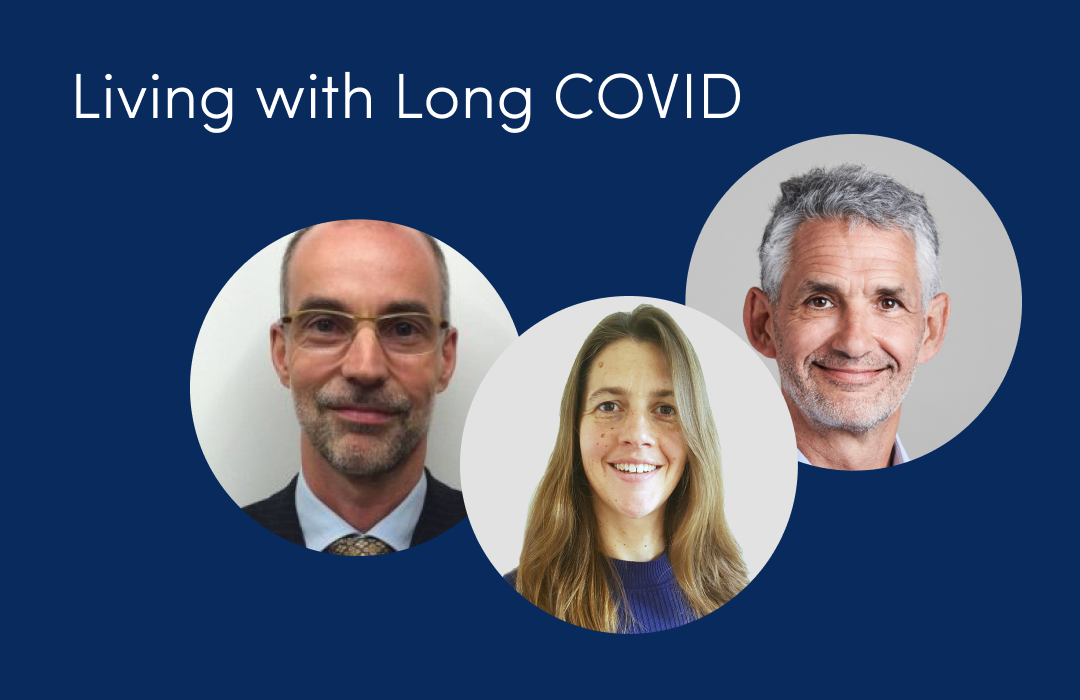



.png)







%202.png)
.png)








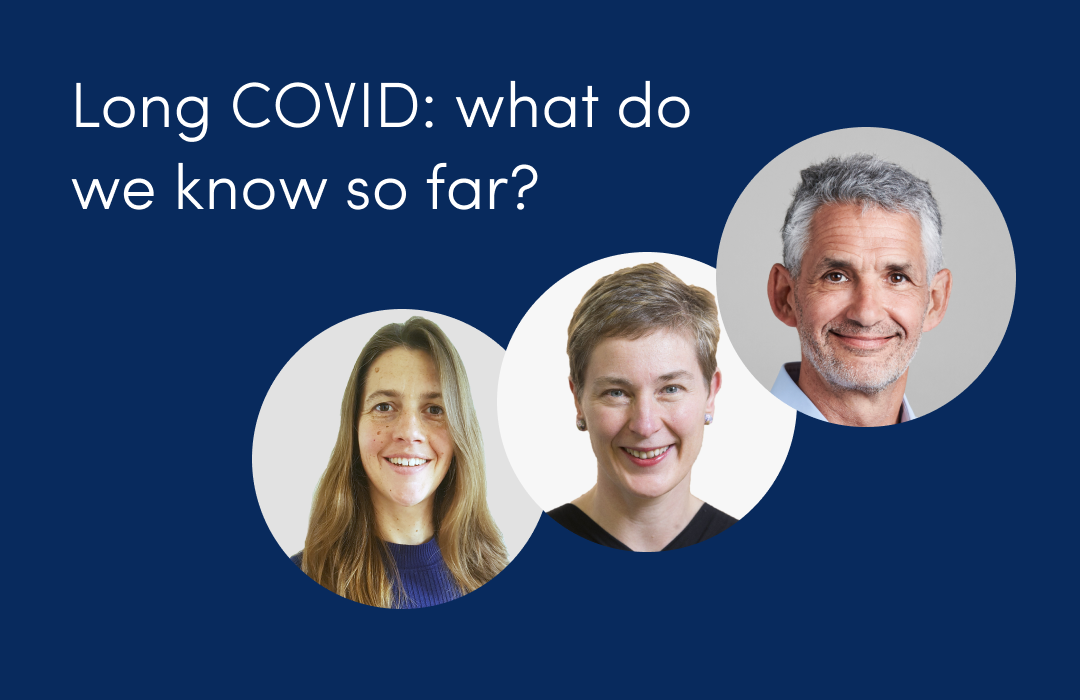









.png)






